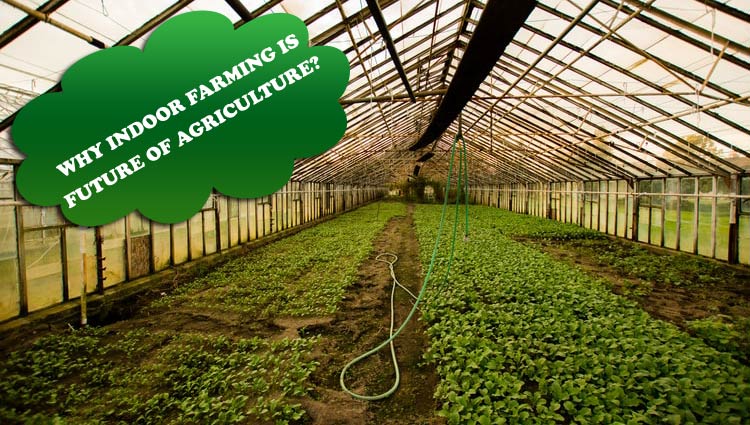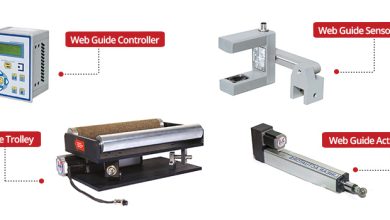
Currently, Indoor farming is gaining importance among small farmers. It helps farmers meet the crops in their communities and local markets. Indoor farming is definitely a popular subject in today’s time. Indoor Farming is a method of growing plants or crops that can be used on both home and commercially land, largely indoors. It utilizes artificial lights to provide the nutrients required for growth. Hydroponic System, a kind of indoor farming is definitely the future as it contributes towards solving Global food security problems. It overcomes the problems of potential food shortages, which is caused due to overpopulated planet. Indoor farming is also the best choice for maintaining the ecological balance of Mother Earth.
Also read: What Is The Best Way To Avoid Getting Sick: With Hand Sanitizer?
Let’s understand in detail, why indoor farming is the future of Agriculture:
1. Cater urban population
It is expected that by 2050, around 80% of the population will start living in urban areas. The growing population would generate increased demand for food, which would only be fulfilled by Indoor Farming. There would hardly any spaces left to perform soil farming. Humans would only be left with the option to perform indoor farming. People might need to do farming within their home setting to produce crops for self-consumption and local supply. Indoor farming is definitely going to play a significant role to overcome future challenges.
2. Higher yield, lower cost
Indoor farming like vertical farms grows three times higher yields than traditional farming. The greater yield per square meter of vertical farm space contributes a lot towards faster growth. Recent technological advances in the indoor agriculture space allow control of every aspect of growing crops without any labor cost. The indoor farming practices can be handled with robots that help in planting, harvesting, and logistics practices. Even transportation cost is reduced because indoor farming allows the supply of crops from large cities to grocery stores, instead of countryside areas to the shops.
3. Control over the environment
With indoor farming, farmers have better control over the environment. The indoor operations take place using climate control. As the crops grow solely indoors, the growing factors can be controlled easily be it – moisture levels and nutrition levels. Even lightening can be controlled using high-efficiency LEDs, opposed to sunlight. Plants are grown in layers using soil systems. Famers can consistently harvest plentiful crops all year round, without being affected from natural events. Summer crops can be grown in winters, winter crops can be grown in summer, and the same goes with other weathers like – autumn, spring, etc.
4. No more dependency on large land
Indoor farming requires much less surface or land. Greenhous e farming can be carried out even in small spaces, a simple room of a house, basement, or even a balcony. According to estimates, it can be proved that 30 story building can produce huge crops which equal 2,400 acres of conventional farming. Infact, stacked plants produce a high yield of crops as the plants grow faster under artificial lights. There is no limit to periods of sunset. It is noted that per square feet gets increased a lot in comparison to traditional farming.
5. Human and environmental friendly
Indoor farming reduces occupational diseases like – malaria, food poisoning, headache, etc. which happens during traditional farming. It saves farmers from the exposure of heavy farming equipment and poisonous chemicals. The adverse effects of pesticides and fertilizers are not able to make any impact on plants and animals. Hence, it is supportive towards biodiversity. Indoor farming also helps reduce water pollution as well since no runoffs from fertilizers flow into rivers, ponds, lakes, and estuaries. Considering sustainability as an important factor for healthy next generation, indoor farming would definitely gain a lot of importance.
6. Overcome water scarcity
The agriculture industry is the major user of groundwater. Approximately, 80% of a Nation’s water usage is for irrigation. However, with indoor farming, around 80 to 95% of water is less required in comparison to normal cultivation. The production of water is done from humidity, i.e. already present in the air. It is brought down to the dew point and then it is further filtered for collection and consumption purpose. In this, the form continuous water cycle structure is formed which reduces our dependency on natural water resources.
So, switch to indoor farming and reap benefits to create nutritious, affordable, and productive food quality for the future.



